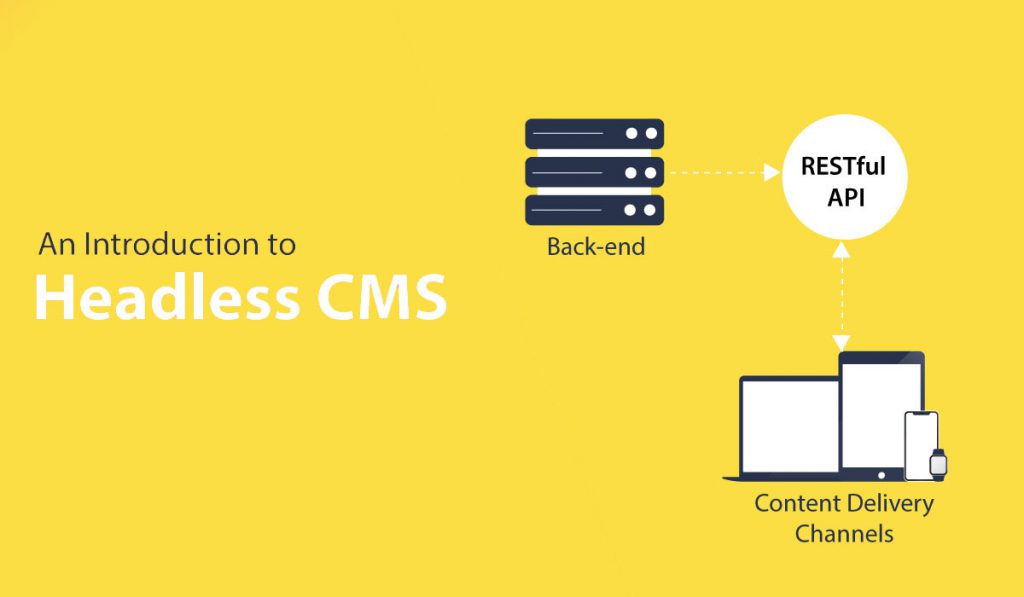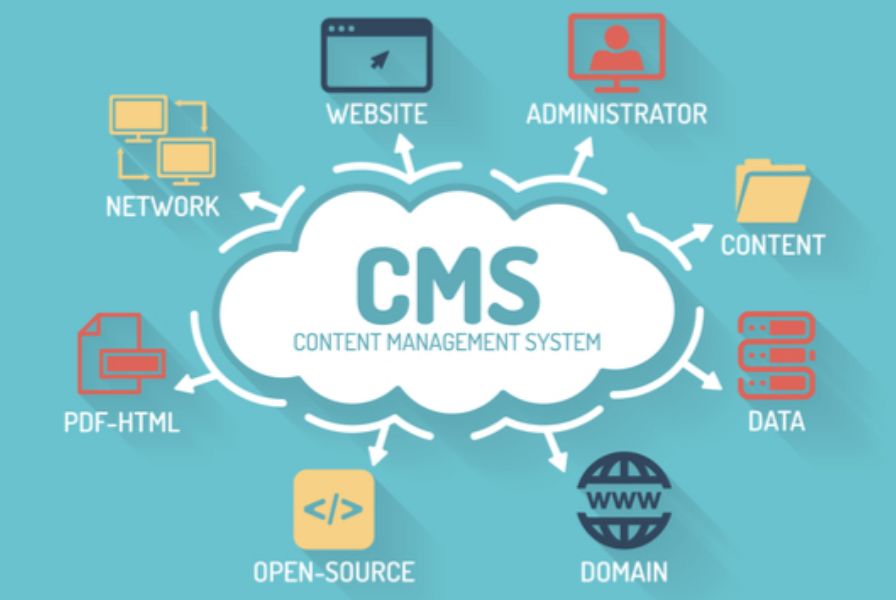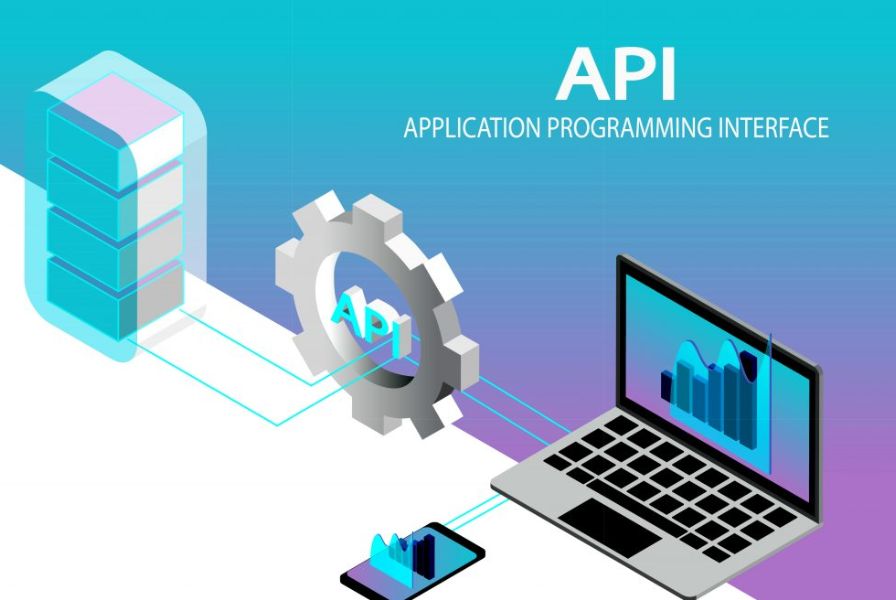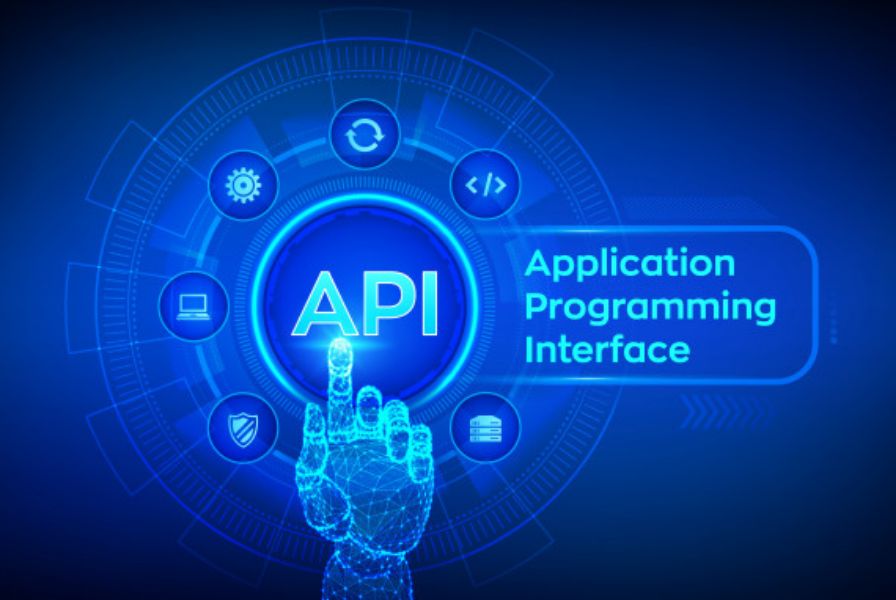Simple Content Management
- Empower any user to create and manage content.
- Flexibility for developers to create any output.
- Stage environment to instantly view changes before sending live.
Automatic Version Control
- Roll back to any previous version of the content.
- Schedule versions to publish in the future.
- View multiple versions at once to see differences.
Improved SEO Ranks
- Sub Second Page Load Times.
- Search engine tagging and social graphics automatically generated.
- No external plugins needed.


















